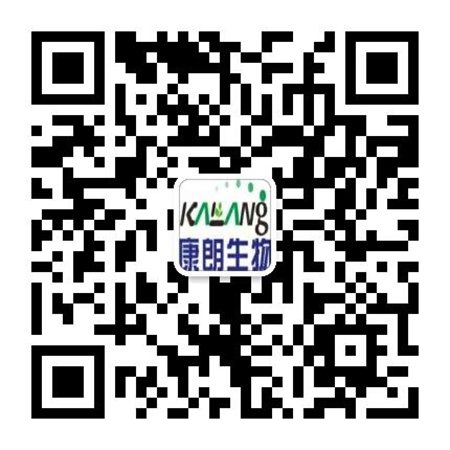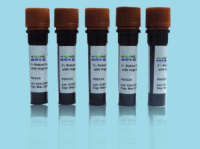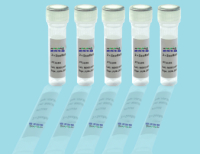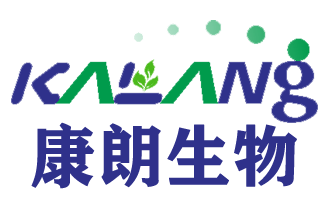

客服电话:021-61998208
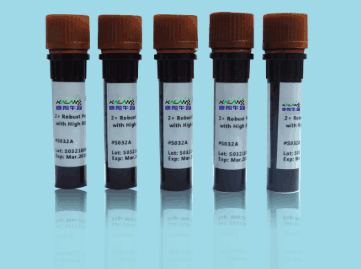

Anti KCNQ1 mouse monoclonal antibody
Anti KCNQ1 mouse monoclonal antibody
应用:Elisa:1:1000~5000;WB:1:1000~4000,IHC:1:50~100
产品名(Product Name)
Anti KCNQ1 mouse monoclonal antibody
货号(Catalog No.)
KL-10244Mo
种类(Category)
Primary antibody
宿主(Host)
Mouse
反应种属(Species specificity)
Homo sapiens (Human)
应用实验(Tested applications)
Elisa,WB,IHC
克隆性(Clonality)
Monoclonal
克隆编号(Clone No.)
29-D-12
偶连物(Conjugation)
Unconjugate
免疫原(Immunogen)
AEKDAVNESGRVEFGSYADA
别名
Potassium voltage-gated channel subfamily KQT member 1;KQT-like 1;Voltage-gated potassium channel subunit Kv7.1;KCNA8
状态(Form)
Liquid
储存溶液(Buffer)
PBS, pH7.4, containing 0.05% proclin300, 50% glycerol.
存放条件(Storage)
Use a manual defrost freezer and avoid repeated freeze thaw cycles.
Store at 4 °C for frequent use.
Store at -20 to -80 °C for twelve months from the date of receipt.
浓度(Concentration)
1mg/ml
亚型(Isotype)
IgG1
分子量(MW)
75 kDa
纯化方式(Purity)
Protein G purified from mice ascites
产品背景:Potassium channel that plays an important role in a number of tissues, including heart, inner ear, stomach and colon (By similarity) (PubMed:10646604). Associates with KCNE beta subunits that modulates current kinetics (By similarity) (PubMed:9312006, PubMed:9108097, PubMed:8900283, PubMed:10646604, PubMed:11101505, PubMed:19687231). Induces a voltage-dependent by rapidly activating and slowly deactivating potassium-selective outward current (By similarity) (PubMed:9312006, PubMed:9108097, PubMed:8900283, PubMed:10646604, PubMed:11101505). Promotes also a delayed voltage activated potassium current showing outward rectification characteristic (By similarity). During beta-adrenergic receptor stimulation participates in cardiac repolarization by associating with KCNE1 to form the I(Ks) cardiac potassium current that increases the amplitude and slows down the activation kinetics of outward potassium current I(Ks) (By similarity) (PubMed:9312006, PubMed:9108097, PubMed:8900283, PubMed:10646604, PubMed:11101505). Muscarinic agonist oxotremorine-M strongly suppresses KCNQ1/KCNE1 current (PubMed:10713961). When associated with KCNE3, forms the potassium channel that is important for cyclic AMP-stimulated intestinal secretion of chloride ions (PubMed:10646604). This interaction with KCNE3 is reduced by 17beta-estradiol, resulting in the reduction of currents (By similarity). During conditions of increased substrate load, maintains the driving force for proximal tubular and intestinal sodium ions absorption, gastric acid secretion, and cAMP-induced jejunal chloride ions secretion (By similarity). Allows the provision of potassium ions to the luminal membrane of the secretory canaliculus in the resting state as well as during stimulated acid secretion (By similarity). When associated with KCNE2, forms a heterooligomer complex leading to currents with an apparently instantaneous activation, a rapid deactivation process and a linear current-voltage relationship and decreases the amplitude of the outward current (PubMed:11101505). When associated with KCNE4, inhibits voltage-gated potassium channel activity (PubMed:19687231). When associated with KCNE5, this complex only conducts current upon strong and continued depolarization (PubMed:12324418). Also forms a heterotetramer with KCNQ5; has a voltage-gated potassium channel activity (PubMed:24855057). Binds with phosphatidylinositol 4,5-bisphosphate (PubMed:25037568)
特别提示:本公司的所有产品仅可用于科研实验,严禁用于临床医疗及其他非科研用途!
